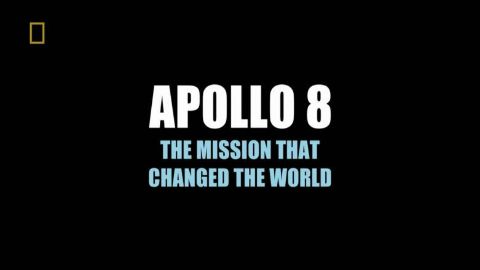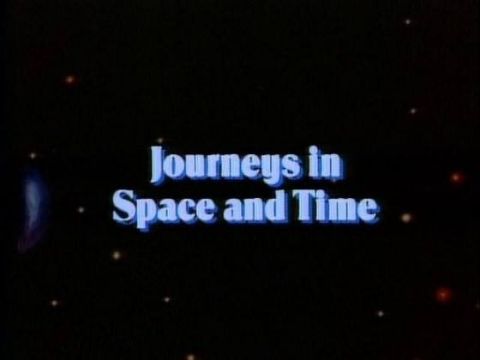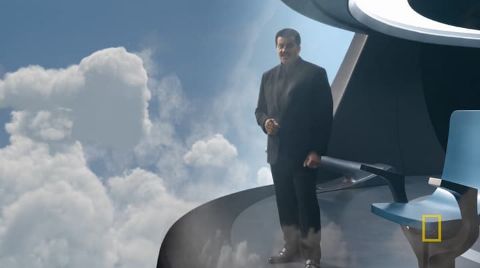You might also like
Apollo astronauts and engineers tell the inside story of Apollo 8, the first manned mission to the moon. The U.S. space program suffered a bitter setback when Apollo 1 ended in a deadly fire during a pre-launch run-through. In disarray, and threatened by the prospect of a Soviet Union victory in the space race, NASA decided upon a radical and risky change of plan: turn Apollo 8 from an earth-orbit mission into a daring sprint to the moon while relying on untried new technologies. Fifty years after the historic mission, the Apollo 8 astronauts and engineers recount the feats of engineering that paved the way to the moon.
2018 • Astronomy
Ideas about time and space are explored in the changes that constellations undergo over time, the redshift and blue shift measured in interstellar objects, time dilation in Albert Einstein's theory of relativity, the designs of both Leonardo da Vinci and spacecraft that could travel near light speed, time travel and its hypothetical effects on human history, the origins of the Solar System, the history of life, and the immensity of space. In Cosmos Update, the idea of faster-than-light travel by wormholes (researched by Kip Thorne and shown in Sagan’s novel Contact) is discussed.
8/13 • Cosmos: A Personal Voyage • 1980 • Astronomy
Now that we’re done with the planets, asteroid belt, and comets, we’re heading to the outskirts of the solar system. Out past Neptune are vast reservoirs of icy bodies that can become comets if they get poked into the inner solar system. The Kuiper Belt is a donut shape aligned with the plane of the solar system; the scattered disk is more eccentric and is the source of short period comets; and the Oort Cloud which surrounds the solar system out to great distances is the source of long-period comets. These bodies all probably formed closer into the Sun, and got flung out to the solar system’s suburbs by gravitational interactions with the outer planets.
22 • Crash Course Astronomy • 2015 • Astronomy
A spectacular journey into the depths of space: In August 1977, NASA launches one of its most daring missions in space flights. The Deep Space orbiters Voyager 1 and Voyager 2 are shot into space. The task of the two orbiters: exploring the outer gas planets in our solar system. More than 30 years later, the two orbiters have traveled a distance of 15 billion miles and still send unique data to Earth. Countless recordings of these orbiters still serve as the only footage of the two planets Uranus and Neptune, and their moons. After more than 30 years of flight Voyager 1 is the farthest from Earth object that mankind has ever created. THE VOYAGER SHOW: ACROSS THE UNIVERSE demonstrates all the technical, historical and astronomical details of the fascinating Voyager missions that continue to this day.
2010 • Astronomy
Telescopes on six solar observation satellites are currently monitoring the sun. The satellites include Japan's Hinode and the SDO developed by the United States. Solar activity (flares, sunspots) is at its lowest since modern observation began - what implications does this have for our Earth?
11 • Cosmic Front • 2014 • Astronomy
An abandoned orphan's dream opens the way to understanding the architecture of thought.
5/13 • Cosmos: Possible Worlds • 2020 • Astronomy





